Understanding Headaches: A Holistic Approach
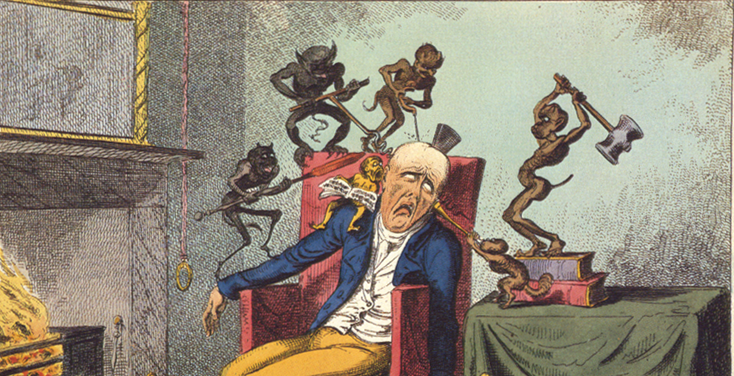
Headaches are a common yet complex issue that can significantly impact our daily lives. From a natural health perspective, understanding the underlying causes of headaches and their manifestations can help us address them more effectively. This post explores three types of headaches—occipital, temporal-ocular, and frontal—through the lens of traditional medicine.
Occipital Headache
Occipital headaches are characterized by pain at the base of the skull, often radiating towards the neck and shoulders. This type of headache is commonly linked to increased tension in the shoulders and upper back, often due to stress or poor posture. However, it might also be caused by specific issues such as a pinched nerve or spinal compression, osteoarthritis of the spine, or a degenerating or herniated disc. General problems such as gout, diabetes, or vasculitis might also be a cause. If the symptoms are particularly severe, with a very stiff neck and the presence of fever, there is a risk of meningitis that requires immediate medical attention.
In Āyurveda, occipital headaches are often associated with an imbalance in vāta (wind), which governs movement and the nervous system. When vāta is aggravated, the flow of energy can be excessive, blocked, or impaired in some way, leading to increased tension in the muscles and joints that contribute to headaches. Occipital headaches in Chinese medicine can be related to various factors, including Wind, Cold, or Heat, and in a similar fashion to Āyurveda, result in an obstructive condition (bi syndrome) that blocks the flow of qi.
In both Āyurveda and Chinese medicine, measures are taken to remove this obstructive element and keep the energy channels flowing to reduce tension, stress, and inflammation. Holistic measures to calm the nervous system and promote relaxation include yoga and meditation, along with lifestyle practices such as ensuring work-life balance and adequate sleep. Therapeutic measures to calm the nervous system and reduce muscle tension include herbs such as aśvagandhā, brahmī, skullcap, and kava, along with warm oil massage, and certain nutrients such as magnesium and vitamin B complex.
Temporal-Ocular Headache
Temporal-ocular headaches are typically felt around the temples and eyes and are often associated with migraines or severe tension headaches. In Āyurveda, this type of headache is associated with imbalances of pitta (bile), which spreads from its seat in the liver, ascending upwards and similarly affecting other “hot” organs such as the eyes. The typical aura experienced by some migraine sufferers is an example of how this ascending heat alters sensory function. Similarly, in Chinese medicine, such headaches are closely linked to the Liver and Gallbladder (GB) meridians: the Liver meridian extends into the eyes to the top of the head, while the GB meridian circulates up the back of the head to the temporal region, ending at the corner of each eye.
Temporal-ocular headaches are often preceded by a prodromal phase and sometimes an aura. Experienced by up to 80% of cases, the prodromal phase occurs up to 24 to 48 hours before headache onset and consists of symptoms such as frequent yawning, mood changes, lethargy, neck stiffness and/or pain, light sensitivity, restlessness, difficulties in focusing vision, feeling cold, food cravings, sound sensitivity, sweating, thirst, and local swelling. The aura phase occurs in about one-third of cases, preceding or occurring simultaneously with the headache, often consisting of symptoms such as bright lights and blobs, zigzag lines, visual distortions, flickering lights, tunnel vision, temporary blindness in one or both eyes, and heightened sensitivity to light (photophobia). While auras are most often visual in nature, they can also include auditory changes and other sensations such as vertigo, phantom smells and tastes, a merging of sensory perceptions (synesthesia), anxiety, numbness, tingling, weakness, dissociation, sweating, and an inability to speak or slurred speech (aphasia).
Temporal-ocular headaches are more complicated than the occipital form and often represent a progression from the latter. Such headaches can be a general indication of increased inflammation from chronic health issues such as metabolic syndrome, high blood pressure, and heart disease, and are associated with an increased risk of stroke. A temporal-ocular headache that is very bad, rapid in onset, gets worse quickly, and/or is accompanied by neurologic signs (e.g., double vision, loss of sensation, weakness, impaired coordination) may require immediate medical attention.
The triggers for temporal-ocular headaches are many, including dehydration, alcohol consumption, low blood sugar, food intolerances (e.g., histamine/tyramine-rich foods, gluten, dairy, fatty/greasy food, etc.), excessive sensory stimuli (e.g., flashing lights, strong odors), hormonal changes (e.g., PMS), climatic changes (e.g., decreasing barometric pressure, excessive wind, high temperature), a lack of exercise, sleeping problems, head trauma, neck or jaw pain, dental infection, and adverse medication or drug reactions. In particular, many migraines manifest as the result of a rebound effect caused by medication overuse (e.g., acetaminophen, NSAIDs, opiates).
Temporal-ocular headaches, or migraines, have a strong association with digestive issues, including gastroesophageal reflux disease (GERD), Helicobacter pylori infection, irritable bowel syndrome (IBS), constipation, inflammatory bowel disease (IBD), celiac disease, and food allergies. This relationship between temporal-ocular headaches and digestive issues is an ancient observation, found in all the world’s great healing traditions, including Unani medicine, Āyurveda, Chinese medicine, and Western herbal medicine (Physiomedicalism).
In Āyurveda, while migraines are generally characterized as a pitta disorder, they can be further subcategorized based on the presence of the three doṣas. Vāta is characterized by the sudden appearance of a headache that is worse at night, with the pain alleviated by pressure (bandaging), fomentation, and warmth. Pitta headaches are characterized by burning sensations, relief at night and in darkness, and with the application of cold. Kapha headaches are associated with a feeling of heaviness, coldness of head, and swelling around the eyes.
In Chinese medicine, most migraines are associated with Liver qi stagnation, manifesting as a throbbing headache, with irritability, mood swings, frequent sighing, feeling “stuck,” depression, discomfort on the right side of the body leading to breathlessness, insomnia, menstrual irregularities, loss of appetite, and a wiry pulse. If this condition persists, it can worsen into a Liver yang rising pattern, characterized by throbbing pain in the temples accompanied by dizziness/vertigo, confusion, irritability, insomnia, costal pain, flushed complexion, painful and itchy eyes, yellowish urine, dry mouth, bitter taste in the mouth, yellow coating on the tongue, and a wiry pulse.
In both Āyurveda and Chinese medicine, general measures to resolve migraine headaches are focused on decongesting the liver/gall bladder and directing bile and heat downwards, out of the body via the bowel. As these headaches sometimes represent a progression from the tension headaches described under the occipital form, measures to address the underlying stressors can remain important. It’s also important to review the list of potential triggers mentioned above and avoid them, including the simple measure of ensuring adequate hydration.
Particularly if headache symptoms manifest with digestive issues, treatment is directed to promoting good digestive health and resolving issues such as dyspepsia, biliary dyskinesia, small intestine bacterial overgrowth (SIBO), constipation, IBS, and IBD. An elimination diet that removes gluten, dairy, and other dietary triggers can be helpful to resolve chronic symptoms (e.g. aged cheeses, gluten, dairy, cured or processed meats and fish, deep-fried food, fermented foods, citrus fruit, tropical fruits, chocolate, vinegar, shellfish, nuts, nightshades, dried fruit, leftovers).
Given the correlation between impaired liver/gall bladder function, herbs to promote the synthesis and excretion of bile are usually of prime importance, such as fringetree root bark, turmeric rhizome, chaí hú, gentian root, guḍūcī vine, and dandelion root. These are often given along with digestive herbs such as ginger rhizome, fennel seed, coriander seed, peppermint herb, rosemary, feverfew herb, and sweet flag rhizome. If constipation is present, laxative herbs may be used for a short period, including cascara wood, triphalā, and trivṛt root, along with increased fiber intake (e.g., psyllium husk) and pre- and probiotics supplementation.
Considering that women experience migraines at almost four times the rate that men do, there is often an issue with hormonal dysregulation, and thus herbs that support healthy menstrual cycles – in addition to liver support – are often beneficial. This includes herbs such as peony root and chasteberry fruit to support the luteal phase of the menstrual cycle (and a relative estrogen excess), and wild yam root and crampbark to alleviate painful menstruation (dysmenorrhea).
To address the inflammatory element of temporal-ocular headaches a large array of nutrients and nutraceuticals might be indicated. For example, some B vitamins such as B2 and B3 can be used to prevent a migraine during prodrome/aura. Other useful nutrients include vitamin C, vitamin D3, magnesium, iron (for anemia), fish oil, CoQ10, and antiinflammatory nutrients such as alpha lipoic acid, grapeseed extract, sulforaphane, broccoli sprout powder, and mixed bioflavonoids.
Frontal Headache
Frontal headaches manifest as increased pain and pressure over the frontal region of the head – forehead, eye sockets, and cheeks – and are most commonly associated with inflammation or congestion in the nose and sinuses, or rhinosinusitis, leading to pain that can be exacerbated by bending forward or lying down. In Āyurveda, such headaches are linked to an increase in kapha doṣa, which governs mucus and fluids in the body. Excess kapha and a failure of the body to excrete it can lead to increased nasal/sinus congestion and pressure, manifesting as a frontal headache. In Chinese medicine, frontal headaches are similarly caused by the accumulation of Dampness and Phlegm, resulting in increased nasal/sinus congestion, pressure and pain. Other pathogenic factors of frontal headache described in Chinese medicine include Wind, Cold, and Heat, as well as a deficiency of qi.
Given the close association between rhinosinusitis and frontal headaches, it’s important to address the root cause in order to get lasting relief. Rhinosinusitis refers to inflammation of nasal passages along with one or more of the paranasal sinuses. Lining the sinuses are a mucus membrane that produces mucus which drains through tiny holes called ostia, emptying into the nasal cavity. When the mucus stagnates in the sinuses due to problems with the mucosa or because the ostia are blocked (e.g. nasal inflammation, polyps, deviated septum), the increase in air pressure within the sinuses typically results in pain and local tenderness. As the mucus stagnates and accumulates further, it becomes a breeding ground for bacteria and other pathogens, leading to the production of a persistent biofilm, resulting in a vicious cycle pattern.
Sinusitis can manifest in either acute or chronic forms, and in most cases is a complication of the common cold, caused by a variety of viruses, bacteria, and/or fungi. Other causes of include allergies, anatomical abnormalities (e.g. deviated septum, nasal polyps), local irritants (e.g. smoke, dust), dental infection, and as an adverse reaction to drugs (e.g. alcohol, ASA, cocaine, etc.). It is often the case that medical treatments including the use of antibiotics, topical steroids and surgery –while providing temporary relief– often end up making the problems worse. Increasingly, the research suggests that chronic rhinosinusitis is linked to food allergens, impaired detoxification and immunity, environmental factors, and chronic inflammation linked to local and systemic changes to the body’s microbiome, including antibiotic resistant bacteria and pathogenic fungi. Given the proximity of the nose and sinuses to the brain, there is significant association between chronic rhinosinusitis and cognition problems, and the later development of dementia and Alzheimer’s disease.
The resolution of frontal headaches requires that we address the underlying problem of rhinosinusitis. This involves a number of steps including isolating and removing the cause of mucosal inflammation, such as quitting smoking, limiting exposure or removing environmental allergens and contaminants (e.g. HEPA air filters), and implementing an elimination diet to isolate dietary triggers (e.g. dairy, flour, sugar, etc). Regular, vigorous exercise is often very helpful to prevent the lymphatic stasis that can result in chronic rhinosinusitis.
Herbs are used to thin the excess mucus and break up the microbial biofilm often observed in rhinosinusitis, including ginger rhizome, cayenne pepper, horseradish root, pippalī fruit, cang er zi, zhi bàn xià, mullein leaf, vāsaka herb, bayberry bark, and goldenrod herb. If chronic infection is a factor herbs that inhibit microbial pathogens are indicated, including antibacterial herbs such as purple coneflower root, huang lian and bhūnimba herb, and antifungals such as garlic bulb, sweet annie herb, and neem leaf. To restore a healthy microbiome, prebiotics such as chicory root and beet root are helpful along with probiotics such as Lactobacillus, Bifidobacterium, and live culture foods such as sauerkraut. To address the chronic inflammatory component of rhinosinusitis measures to promote detoxification are recommended, including the use of herbs to increase bile synthesis and excretion, such as turmeric rhizome, kāsanī herb, barberry root bark, guḍūcī vine, and chaí hú, along with antioxidant nutrients such as resveratrol, sulforaphane, N-acetyl cysteine, and bioflavonoids. Lastly, because the rhinosinusitis issues causing a frontal headache are linked to local congestion and lymphatic stasis, herbs to drain the respiratory mucosa are often indicated, such as cleavers, nettle, redroot, and pokeroot.
In addition to the internal use of herbs, external treatments can also bring about relief in a frontal headache caused by rhinosinusitis. Using a bedside humidifier while sleeping and vapor/steam baths can be very helpful, using pungent/clearing essential oils such as spruce, eucaplytus, rosemary, cedar, and pine. For immediate relief to decongest the nose and sinuses is the application of nasya or nose drops, prepared from equal parts fresh ginger juice, raw honey and purified water. The nasal passages are lightly coated with a little ghee before application, and then 3-5 drops of this mixture is snorted into each nostril, to promote local dilation of the sinus ostia to relieve pressure and promote drainage.
Conclusion
Headaches are multifaceted and can be effectively managed by addressing their root causes through natural health practices. Whether it’s reducing stress to alleviate occipital headaches, balancing meridians for temporal headaches, or clearing sinus congestion to relieve frontal headaches, a holistic approach drawing upon our shared herbal and healing traditions offers comprehensive relief.
If you’re interested in learning more check out our mini-course on the Holistic Treatment of Migraines:



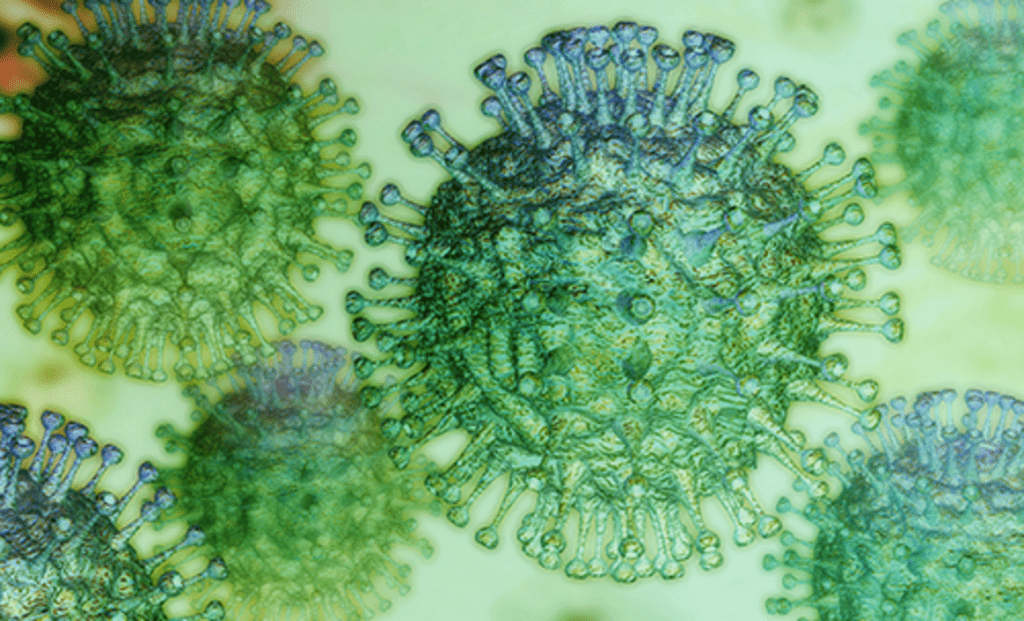
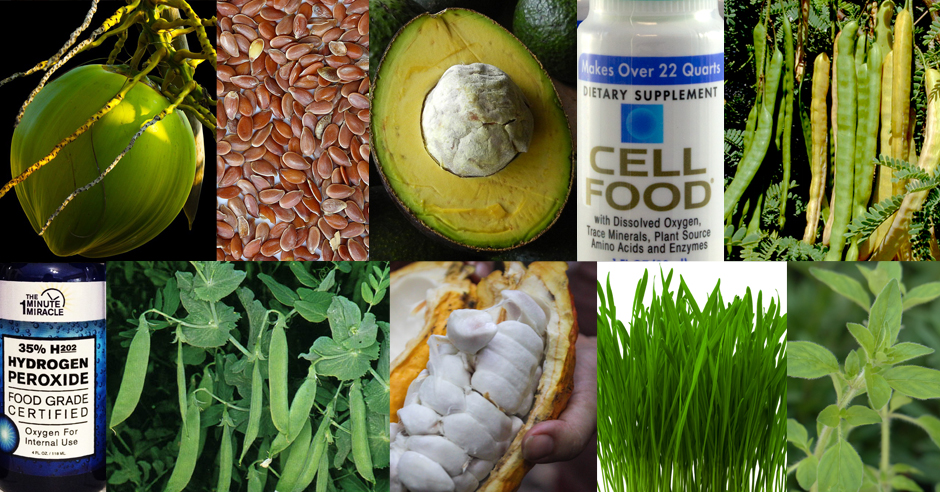
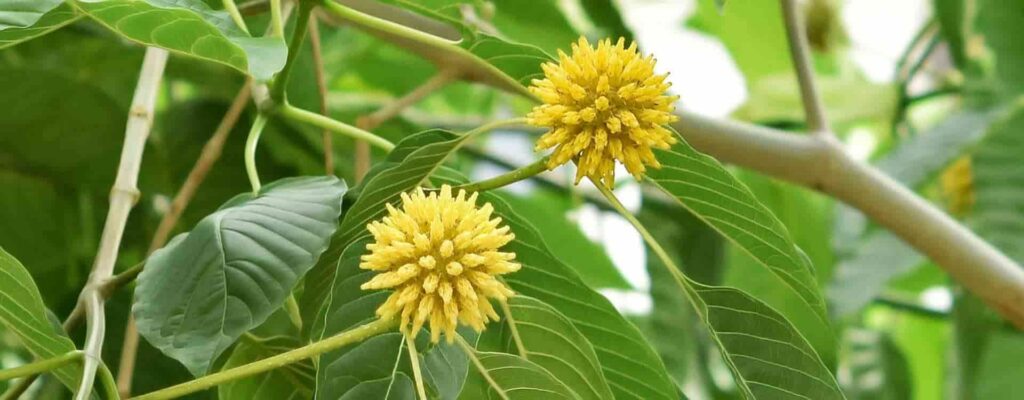

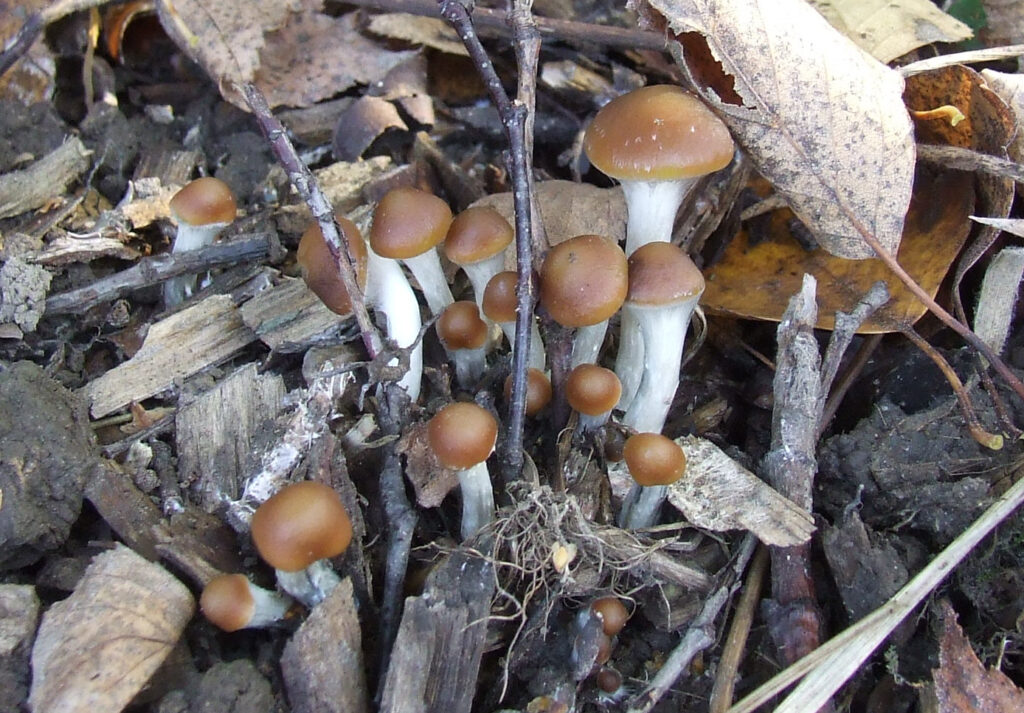
Responses